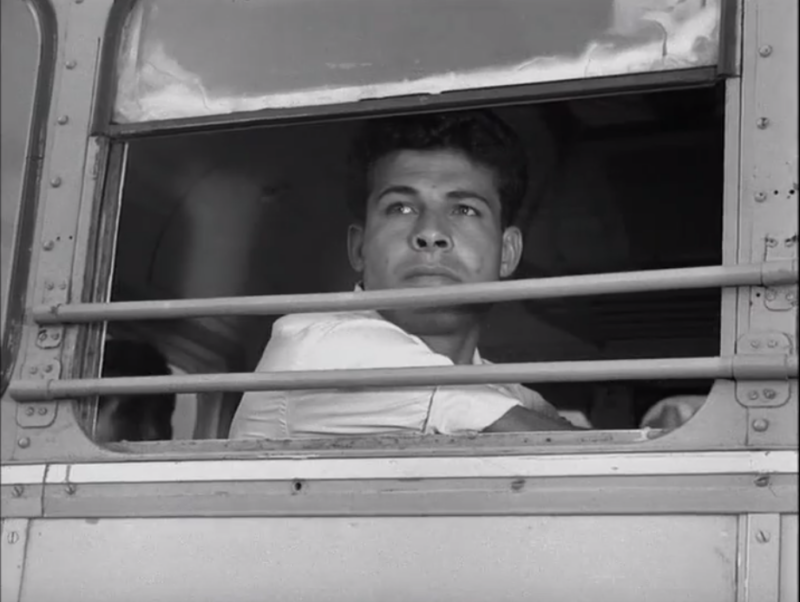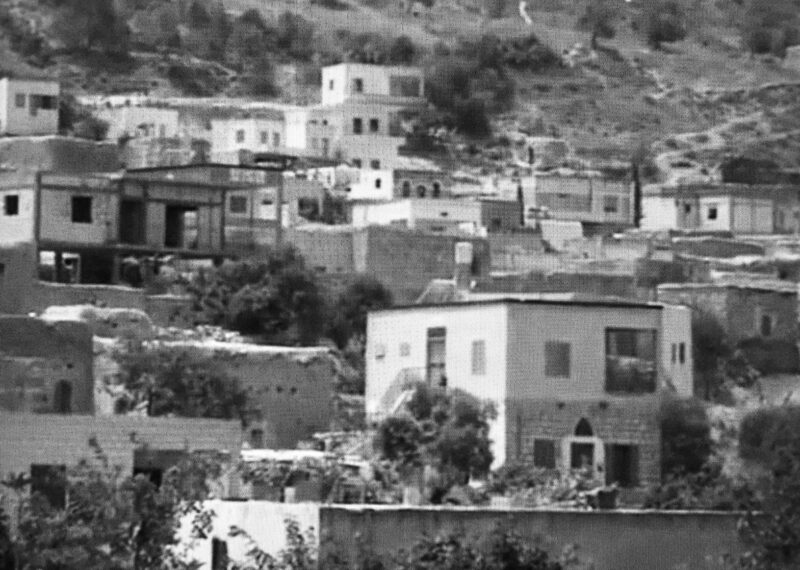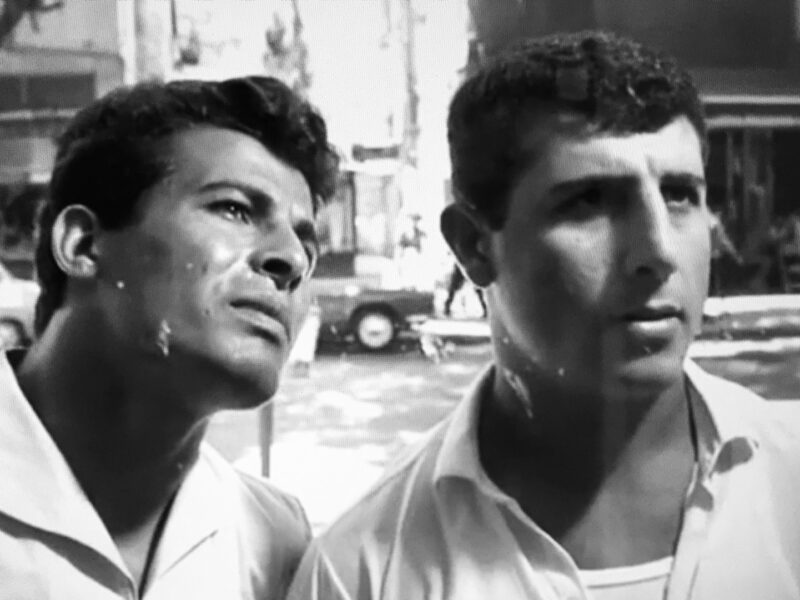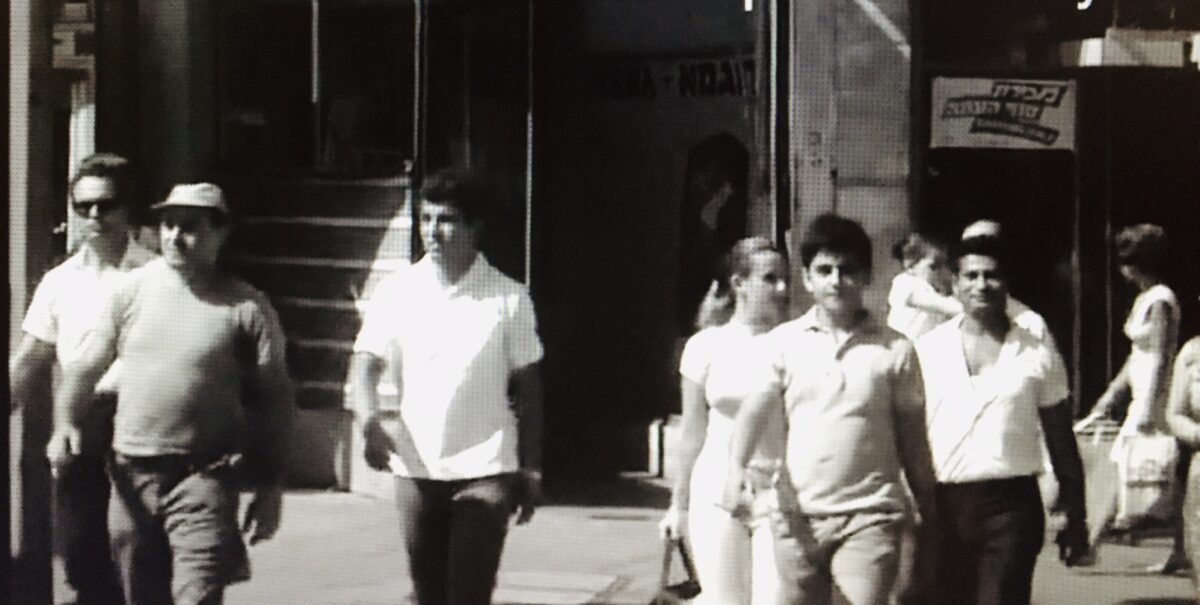The first known documentary in Hebrew about Israel’s Arab minority, My Name is Ahmad, will be screened online on June 2 at this year’s Toronto Jewish Film Festival.
Directed by Avshalom Katz and Ram Loevy, and released in 1966, this 14-minute short is like a time capsule from a bygone era.

They focus their attention on Ahmad Masrawa, a Muslim in his mid-20s from an unidentified Israeli Arab village. A high school graduate, he’s about to board a bus bound for Tel Aviv, where he expects to find a job. He has no desire to leave, but must because there are no employment opportunities in his village.
Prior to the first Arab-Israeli war in 1948, his family could earn a living from their land, but since much of it was expropriated by Israel, Ahmad must look for work further afield. Virtually the only jobs available to Arabs are in construction.

Calling himself an “Arab peasant,” Ahmad feels feels intimidated, even scared, in Tel Aviv, an all-Jewish city. Yet he believes he’s an organic part of it.
His manual job is backbreaking and offers no social benefits. “We are just Arabs,” he laments, implying that Israeli contractors seek cheap Arab labor and that Israeli Arabs are second-class citizens. Ahmad’s friend, Jamal, who calls himself David, has had some bitter experiences. At the factory where he previously worked, he was called a “dirty Arab” and beaten by Jewish workers.
In a reflection of the ethnic and religious stratification of Israeli society, Arabs and Jews eat separately on site during their lunch break. They’re all working on the Shalom Tower, Israel’s first skyscraper.
Though bitter by the lowly status of Arabs in Israel, Ahmad understands why Israelis are frightened of Arabs. Israel is under siege by the Arab world. Nonetheless, he considers himself an Israeli, and knows that a war would harm both Jews and Arabs.
He and a friend search unsuccessfully for accommodation. On their sixth attempt to rent a room, a Jewish landlord levels with them. “We don’t rent to Arabs,” he admits.
Ahmad’s friend advises him to adopt a Hebrew name, but he refuses. “My name is Ahmad,” he says defiantly.
At last, Ahmad rents a corner in a rudimentary shack in an encampment located in a debris-littered field. Bereft of great expectations, he’s pleased to have a roof over his head and a bed to lie on.

When night falls, he takes a stroll through a neon-lit thoroughfare in Tel Aviv, but feels alone and rejected. “They fear us,” he says of Jewish passersby. “They hate us.”
But after a pause, he reverts to optimism. Jews and Arabs live together in the same country and should coexist, he says, adding that coexistence is his hope and dream.
The didactic tone of the film is hardly surprising, since it was commissioned by the Israeli government. In general, My Name is Ahmad acknowledges the problematic nature of Jewish-Arab relations in Israel, but it makes no mention of the military rule under which Israeli Arabs lived until 1966. Nor are there references to the mass flight of Palestinian Arabs from Israel during the 1948 war.
Nevertheless, this film recognizes the injustices and slights that Israeli Arabs endured in the first years of Israel’s statehood.
